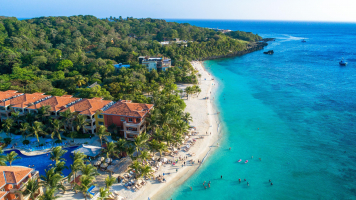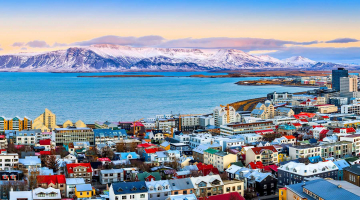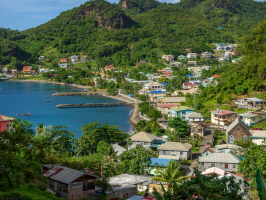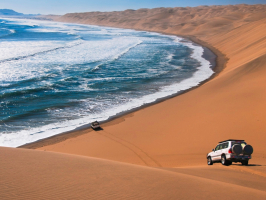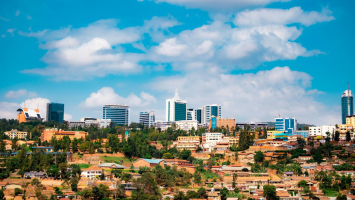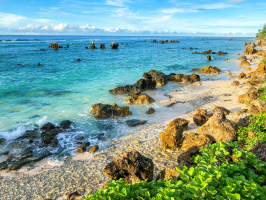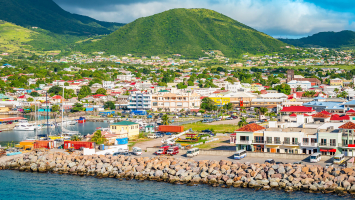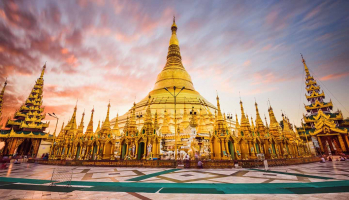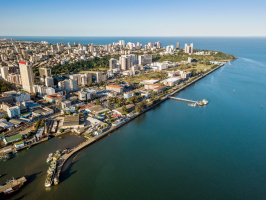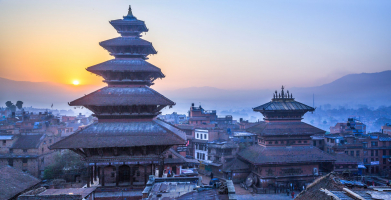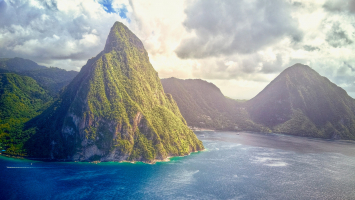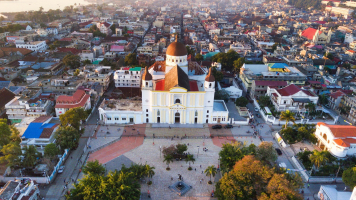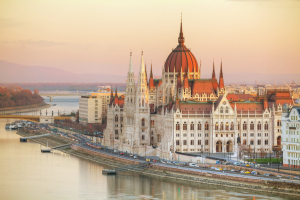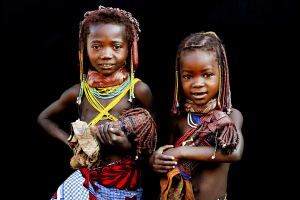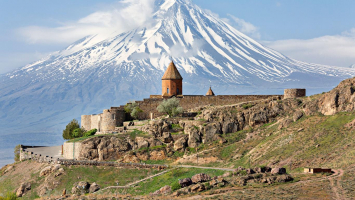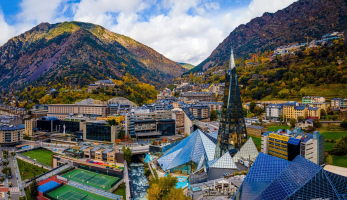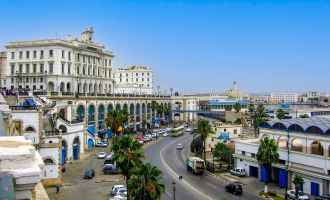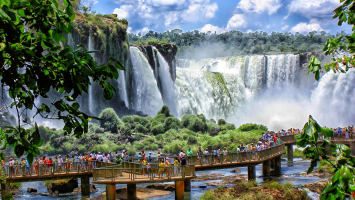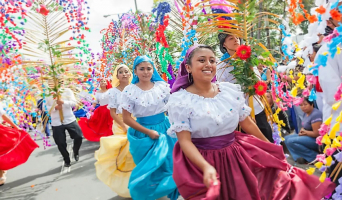Top 12 Unique Cultural Characteristics In Samoa
Samoa, officially the Independent State of Samoa, was known as Western Samoa until 1997. Samoa's traditional culture is a communal way of life founded on Fa'a ... read more...Samoa, the island's distinct sociopolitical culture. Most activities in Samoan culture are done together. Traditional living quarters, or fale (houses), have no walls and can accommodate up to 20 people sleeping on the ground in the same fale. Samoan culture can be found in both the Independent State of Samoa and the United States territory of American Samoa (a territory of the United States). Toplist has compiled a list of the unique culture characteristics in Samoa, hoping to provide some useful knowledge to the readers.
-
Samoan is the official language of Samoa, and it is spoken on the majority of the islands. With an estimated 510,000 speakers worldwide, Samoan is the oldest and most spoken Polynesian language. The phonological differences between formal and informal discussion, as well as ceremonial speech used in Samoan oratory, distinguish the Samoan language. The language is closely related to other Polynesian languages, with many cognate words such as tapu, 'ava, atau, and numerals shared.
The Samoan language is written in a 14-letter latin alphabet. F, G, L, M, N, P, S, T, and V are among the consonants. A, E, I, O, and U are among the vowels. Even if several vowels appear next to each other within a word, they are all sounded out. The village of Nu'uuli, for example, is pronounced New-u-u-lee.
Samoan Sign Language is also widely used among Samoa's deaf population. During the 2017 International Week of the Deaf, elementary Samoan Sign Language was taught to members of the Samoa Police Service, Red Cross Society, and the general public to emphasize the importance of full inclusion through sign language.English is widely spoken in Samoa and is primarily used for business correspondence. Many Samoans are fluent in both languages, so you should have no trouble communicating during your tropical vacation. However, it doesn't hurt to try out some of the following phrases to show some enthusiasm and win a smile from the locals.

https://www.newshub.co.nz/ 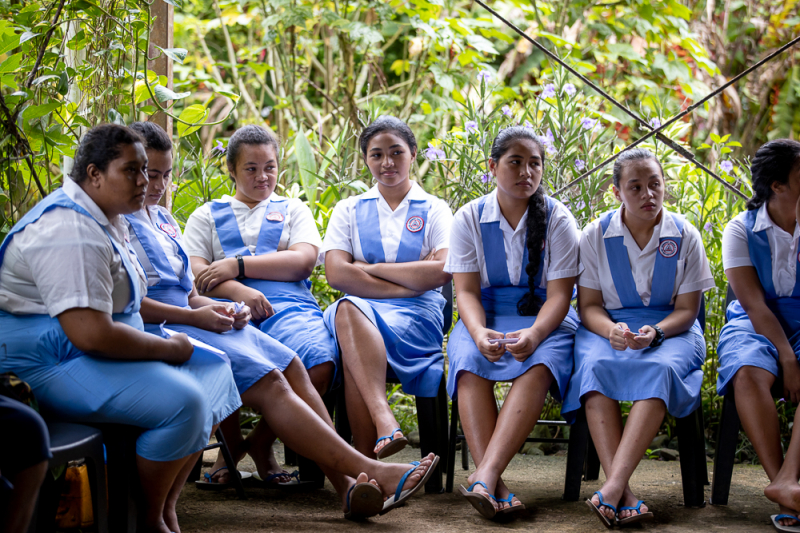
https://www.samoaobserver.ws/ -
Samoans had a pantheistic religion in which family elders performed most rituals. In the early nineteenth century, missionaries introduced Christianity to the country. Their profound influence on Samoa is especially visible in the religious landscape of modern society. Religion in Samoa is diverse, but nearly 100% of the population is Christian. This can be seen as one of the Unique Cultural Characteristics In Samoa. The 2001 Census revealed the following distribution of Christian groups: Congregational Christian, 34.8 percent; Roman Catholic, 19.6 percent; Methodist, 15 percent; The Church of Jesus Christ of Latter-day Saints, 12.7 percent; Assemblies of God, 6.6 percent; and Seventh-day Adventist, 3.5 percent.
There are also adherents of other religions, such as Islam and the Bahá'i Faith; according to a profile by the World Council of Churches and the online encyclopedia Encarta, the Bahá'i population in Samoa circa 2000 was 2% of the nation, making it the only non-Christian community of any size. The country is home to one of the world's only seven Bahá'i Houses of Worship. Although there is no official data, it is widely assumed that the capital city also has some practicing Hindus, Buddhists, and Jews.
None of the religious groups are exclusively made up of foreign nationals or native-born (Western) Samoans. With the exception of U.S. nationals from American Samoa, there are no significant foreign national or immigrant groups. Within the country, missionaries were free to operate. At the village and local level, there is strong societal pressure to participate in church services and other activities, as well as financially support church leaders and projects.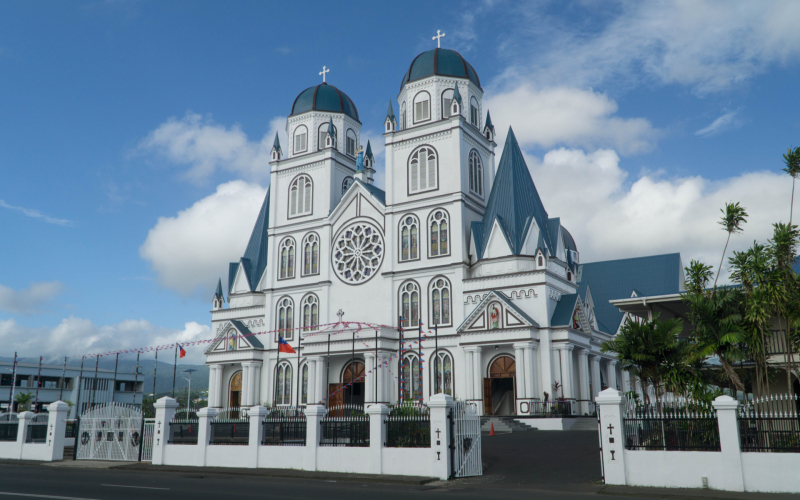
https://bitcoinist.com/ 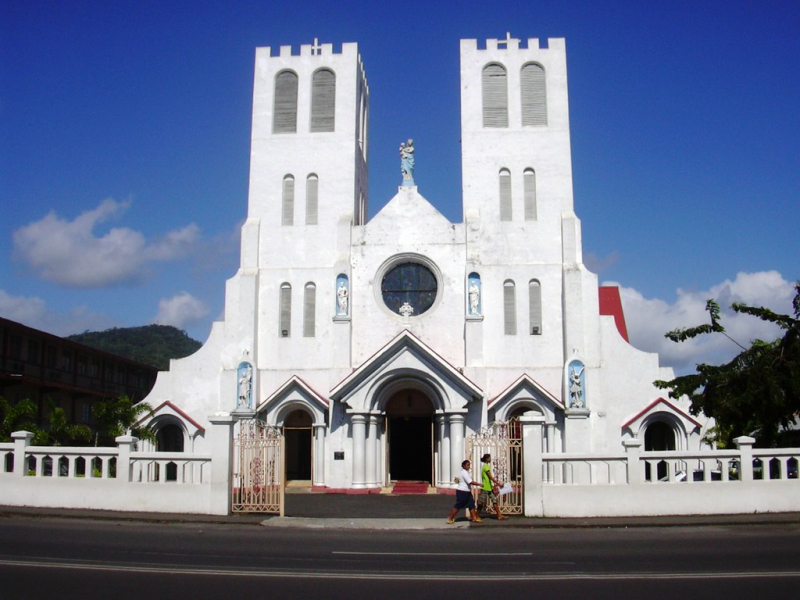
https://www.flickr.com/ -
Samoan literature is divided into oral and written literatures, written in Samoan and in English or English translation, and comes from the Samoa Islands of independent Samoa and American Samoa, as well as Samoan writers in diaspora. Samoan as a written language emerged after 1830, when Tahitian and English missionaries from the London Missionary Society developed a Latin script-based Samoan written language in collaboration with Samoan chiefly orators. There were logologo (tapa signs) and tatau (tattoo signs) before this, but no phonetic written form.
Solo (poetic narratives), fa'alupega (genealogies), tala (histories and mythologies), fa'agogo (folk tales), pese (songs), and faleaitu theatre are examples of pre-colonial and post-colonial Samoan oral literature. German scientist Augustin Kraemer collaborated with Tof Sauni and other Samoan orator chiefs to collect and publish important solos in Samoan and translations. Teo Tuvale, Gatoloai Peseta Sio, Seiuli Le Tagaloatele Fitisemanu, and Daniel Pouesi published collections of traditional Samoan stories in the twentieth century.
Beginning in the late 1960s, the emergence of Samoan written literature coincided with the development of indigenous Pacific Islander literature in the Pacific region as a whole. In the 1990s, novelist and poet Sia Figiel ushered in a new era of Samoan literature. She influenced subsequent generations of Samoan women writers, including poets Tusiata Avia and Selina Tusitala Marsh, as well as novelist Lani Wendt Young.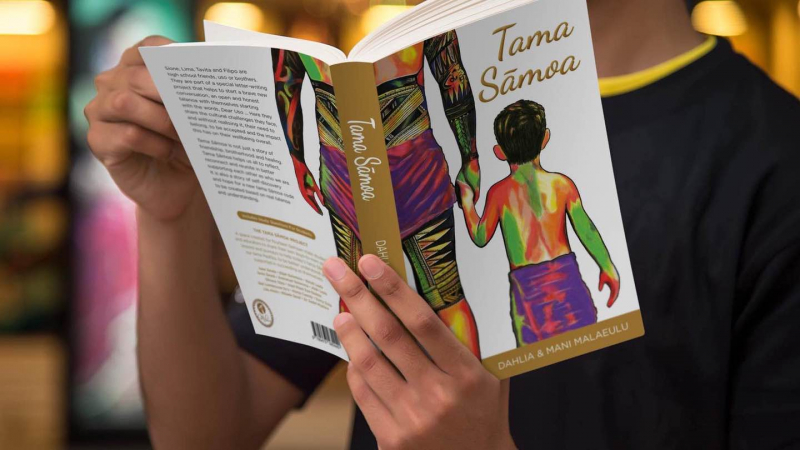
https://tpplus.co.nz/ 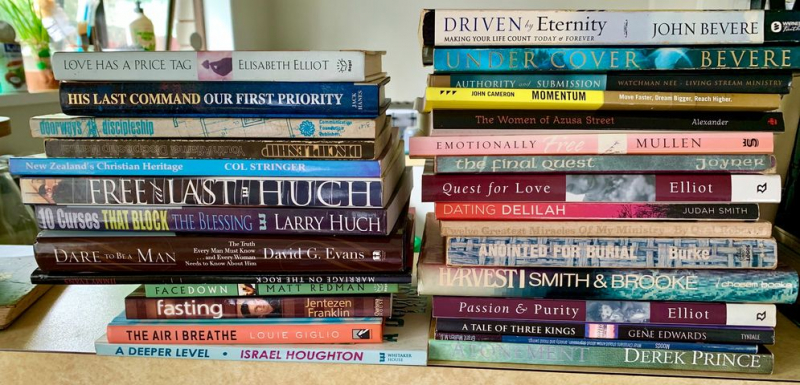
https://www.samoaobserver.ws/ -
Samoan architecture is defined by openness, with the design reflecting the culture and life of the Samoan people who inhabit the Samoan Islands. Architectural concepts are incorporated into Samoan proverbs, oratory, and metaphors, as well as being linked to other Samoan art forms such as boat building and tattooing. Traditional Samoan architecture's exterior and interior spaces are part of cultural form, ceremony, and ritual.
Fale is the Samoan word for all types of houses, large and small. The fale is lashed and tied together with 'afa, a plaited sennit rope made from dried coconut fiber. The 'afa is tightly woven in complex patterns around the wooden frame, tying the entire structure together. 'Afa is made from the husk of certain coconut varieties with long fibers, particularly the niuafa ('afa palm). Plaiting is a task typically performed by elderly men or matai at their leisure to turn the fibers into sennit. These long, thin strands are then woven into a three-ply plait, often in long lengths, to create the finished sennit. Sennit is then coiled into bundles or tightly wound into very neat cylindrical rolls. Making enough 'afa lengths for an entire house can take months. It can be considered as one of the Unique Cultural Characteristics In Samoa.
Traditional Samoan architecture is generally oval or circular in shape, with wooden posts supporting a domed roof. There are no barriers. A skeleton frame serves as the architecture's foundation. A Samoan fale did not use any metal in its construction prior to European arrival and the availability of Western materials.
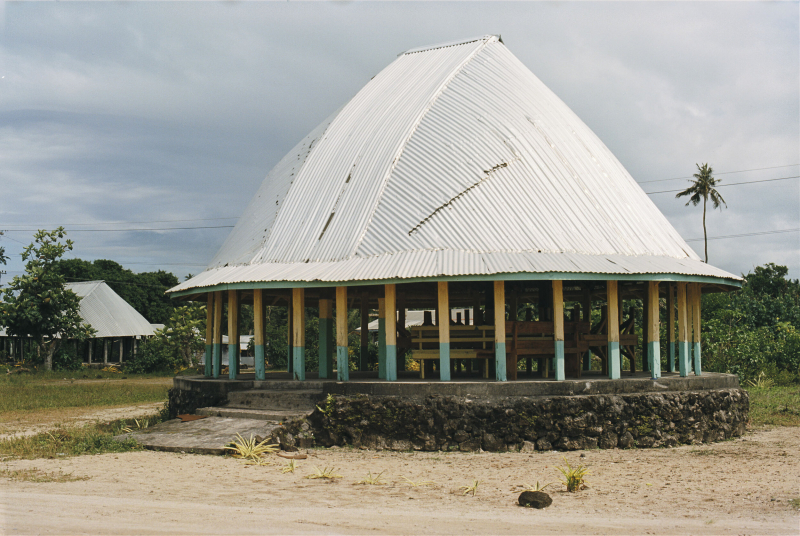
https://www.atelierworkshop.com/ 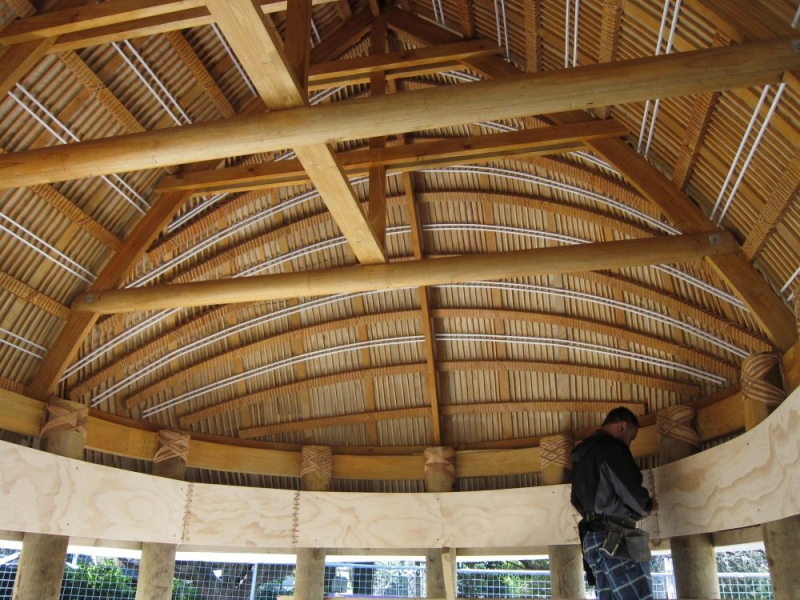
https://www.pinterest.com/ -
Tattooing, or tatau, has long been defined by rank and title in Samoa, with chiefs and their assistants descended from notable families in the proper birth order. The Samoan tatau is thought to have been introduced to the Samoan islands by two Fijian women who arrived with tattooing tools and knowledge. Tatau soon became a family tradition that spread throughout the culture. The tattoos and designs of the Samoan islands represent community, power, status, respect, and honor, and are only to be worn by Samoans. Displaying their symbols and designs is an act of disrespect for those who have no cultural influence or heritage background.
The candle nut or lama nut is used to make the ink or pigment used in tatau rituals. These nuts were smolded over a hot fire, and a coconut shell was placed on top to collect the soot produced by the nuts. When there is enough soot, it is mixed with sugar water. Tafuga is the Samoan term for a tattoo artist. Tattooing has traditionally been practiced only by descendants of Tafuga. The father passes on his skills and knowledge to ensure the continuation of the tatau ritual.Pe'a is a traditional male tattoo design that extends from the waist to the knee. The design is extremely detailed, with a plethora of lines, curves, geometric shapes, and patterns. Each section represents a unique aspect of the person's personality, family, and culture. Tattoos are also popular among Samoan women. The malu is a simpler and more delicate design than the pe'a. Because the design spans from the upper thighs to below the knees, these tattoos are uncommon.
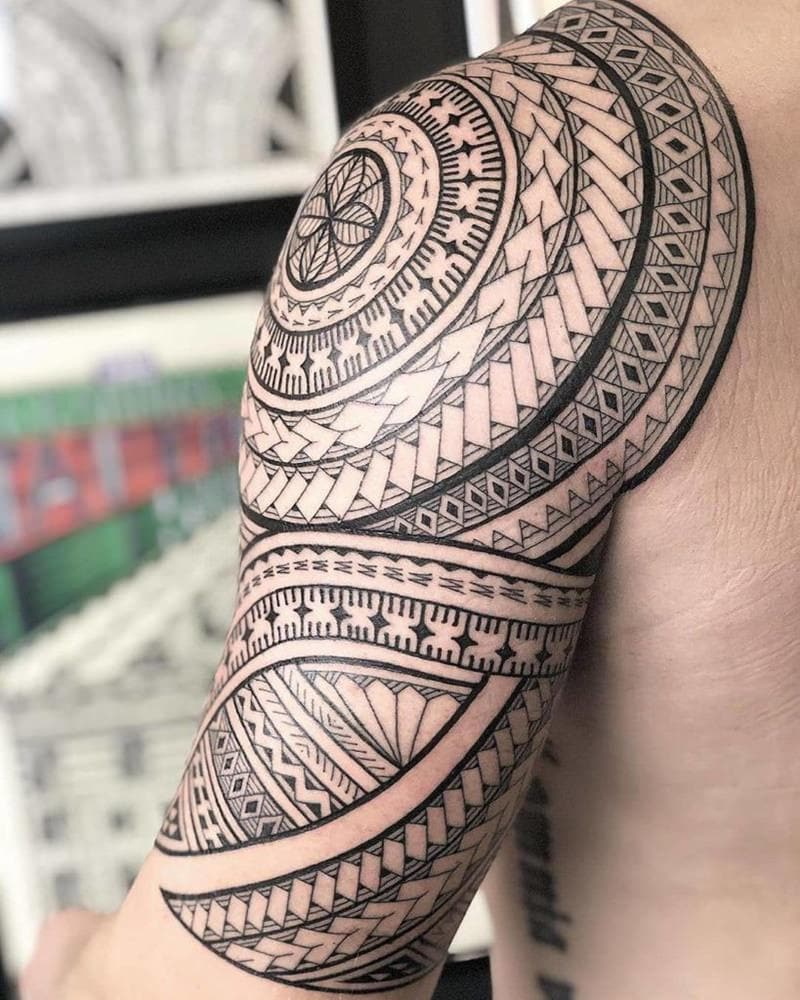
https://www.wildtattooart.com/ 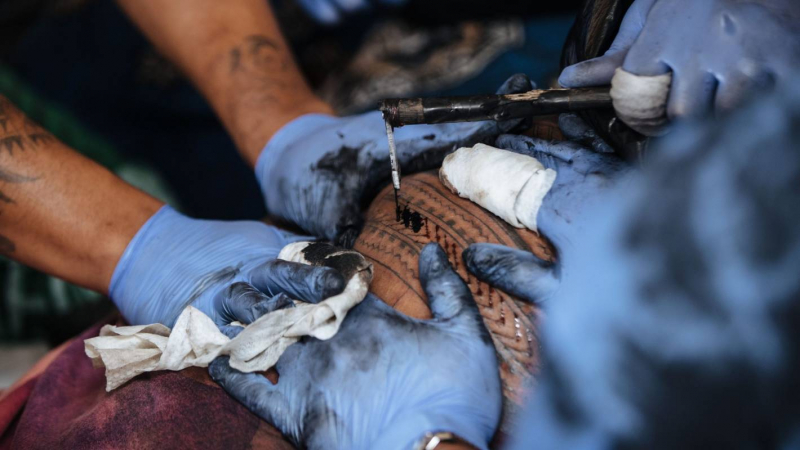
https://www.stuff.co.nz/ -
Women play an important role in contributing their skills in items of high cultural value, such as 'ie toga, finely woven mats used in ceremony and gift exchanges. In terms of material goods, women give fine mats 'ie toga and decorated bark cloth siapo during ritual exchange, while men give woodworking items and red feathers. Wooden figurative sculpture was extremely rare in pre-Christian Samoa, and it shares some similarities with Fijian and Tongan sculpture.
Bark cloth, also known as siapo in Samoa, is made from beaten mulberry bark. Patterns or images are painted on with a natural brown dye derived from a tree. Abstract and realistic depictions of plant life, shells, fish, turtles, and hibiscus flowers are common in these images. The siapo can be used for clothing, wrapping objects, or simply for decoration. Natural materials such as seashells, coconut, and coir are used to make ornaments, jewelry, and hair accessories. Traditional Samoan medicine is frequently used as a first-line treatment before hospital medicine. This is a type of alternative medicine that involves massaging the affected area with plant leaves. This can be seen as one of the Unique Cultural Characteristics In Samoa that you should know.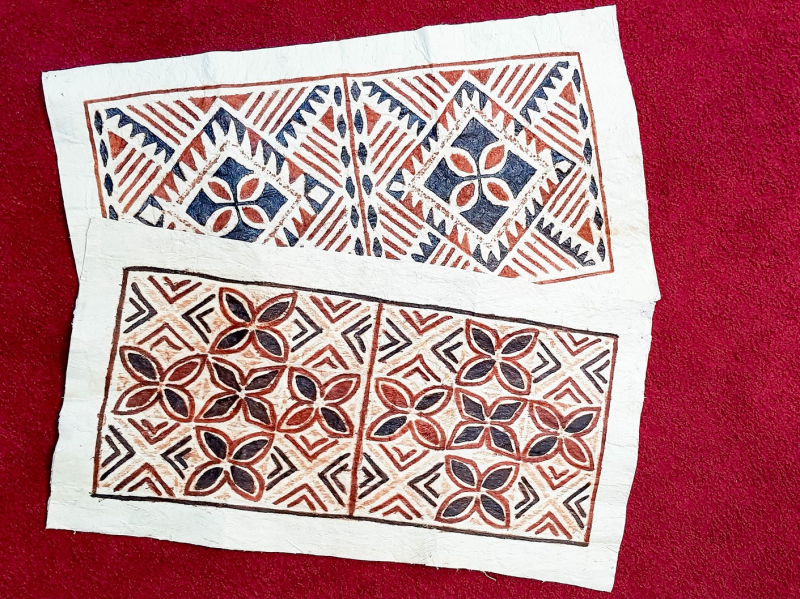
https://www.janetssamoa.com/ 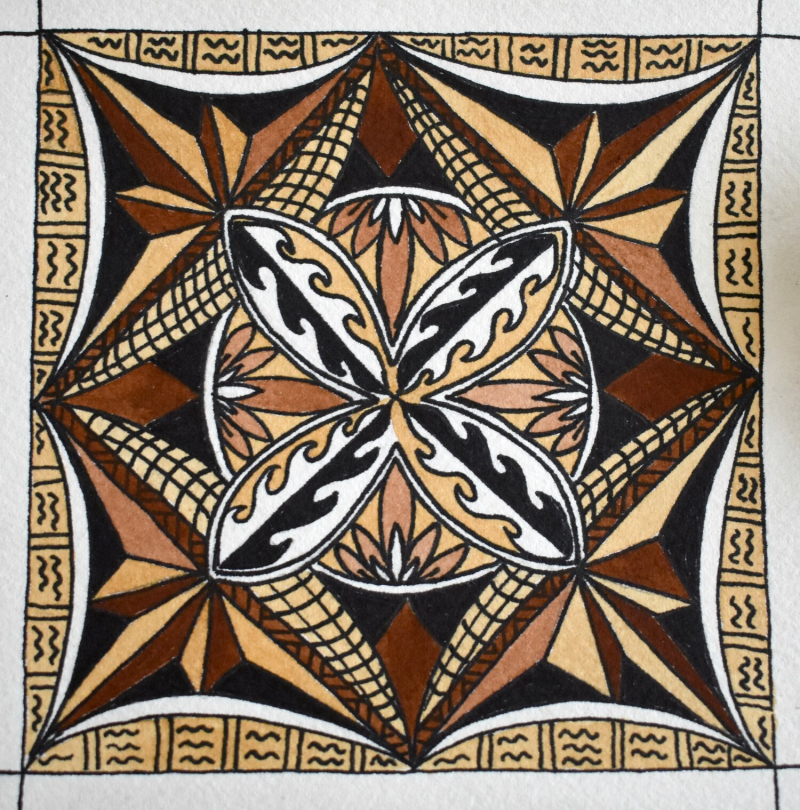
https://www.americanaiga.com/ -
Samoan music is a complex blend of cultures and traditions, with pre- and post-European influences. Popular traditions such as rap and hip hop have been incorporated into Samoan music since American colonization. With the introduction of Christianity, particularly after the arrival of LMS missionaries in 1830, Western evangelical hymnody and popular music, particularly North American popular music, had a significant influence on Samoan music. Later on, modern pop and rock have a sizable following in Samoa, as do several indigenous bands that have abandoned most elements of Samoan traditional music, though there are still folk performers.
A fala, a rolled-up mat beaten with sticks, was a traditional Samoan musical instrument. It is an idiophone that was frequently used to accompany choral singing. A soundingboard was sometimes used to accompany the solo recitation of poetry. To signal, a conch shell was blown. A jaw harp, a raft panpipe, and a nose-blown flute provided entertainment for small groups and individuals in private.Samoan wooden slit drums and variants have been used for over a thousand years throughout Samoa. These wooden drums can be used to call village meetings, in times of war and peace, to accompany songs/chants and dance, and to signal long distances in inter-island naval warfare. In recent times, they have primarily been used for calling chiefly and royal ceremonies, as well as modern religious practices.
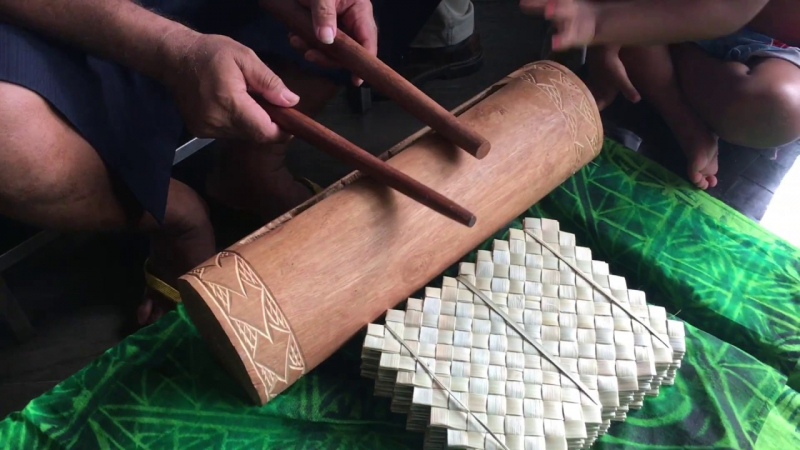
https://www.youtube.com/ 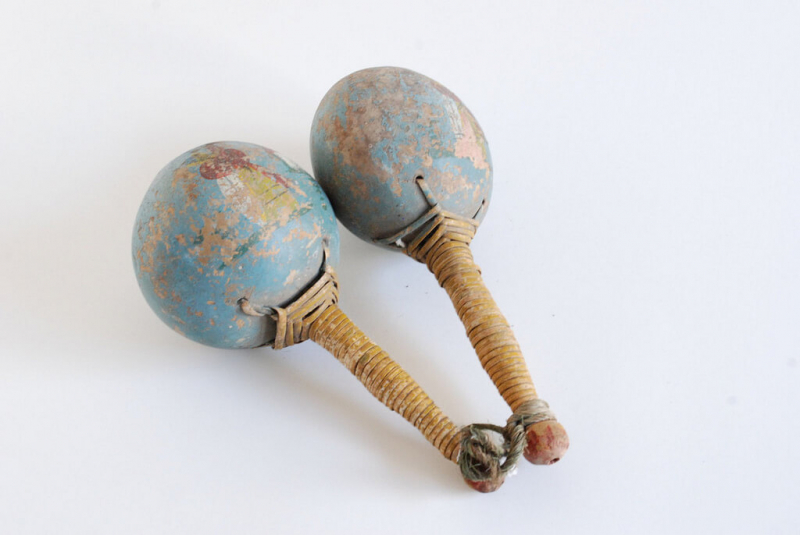
https://www.sandals.com/ -
Samoan dance traditions reflect contact between Samoan culture and other East and West cultures. The location of the dance has been interpreted as a microcosm of Samoan society. Samoan dance has been described as a means of preserving Samoan identity in the face of contact with other civilizations.
The siva is a traditional Samoan dance. The female siva moves her hands and feet gently in time to music. The sasa is a group dance performed sitting to the beat of a drum. The fa'ataupati is traditionally performed by Samoan males in groups with no music accompaniment. Other types of dance practiced by younger generations include modern dance. Traditional Samoan dance is arguably the only aspect of Samoan culture unaffected by Western Civilization. The maulu'ulu is a female-only group dance, and the taualuga is the main Samoan traditional dance performed by a village chief or village chiefess.
The taualuga is a Samoan traditional dance that is performed at special occasions. It is regarded as the pinnacle of Samoan performance and the focal point of Samoan tradition. This is a sacred dance to the Samoans and should be performed with reverence. The taualuga is traditionally performed by a high chief's daughter or son. Samoa's villages are autonomous and are led by a council of matai known as the 'village fono.' When performing public ceremonial roles, the daughter of a high chief in a village is known as a taupou; the male equivalent is the manaia. However, in a taualuga performance, the taupou is the main dancer, and the two male dancers are her supporters (aiuli). These roles are taken by important individuals in leadership or other significant roles in certain organizations, such as church groups or schools.
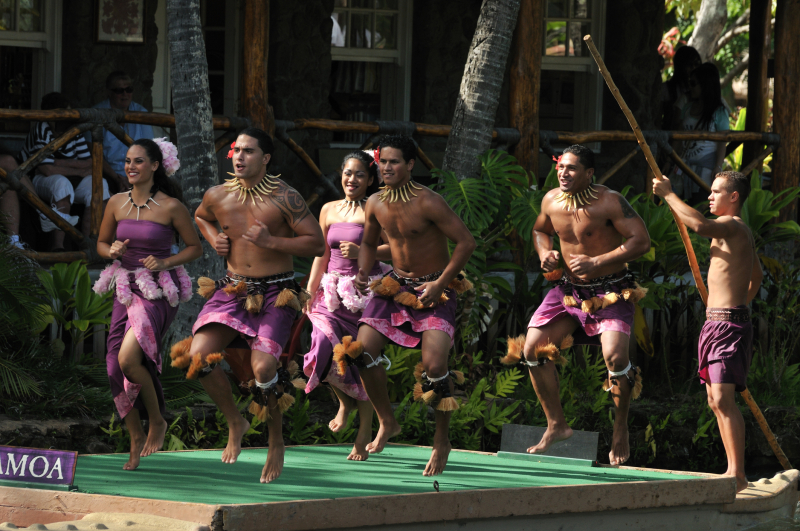
https://dance.lovetoknow.com/ 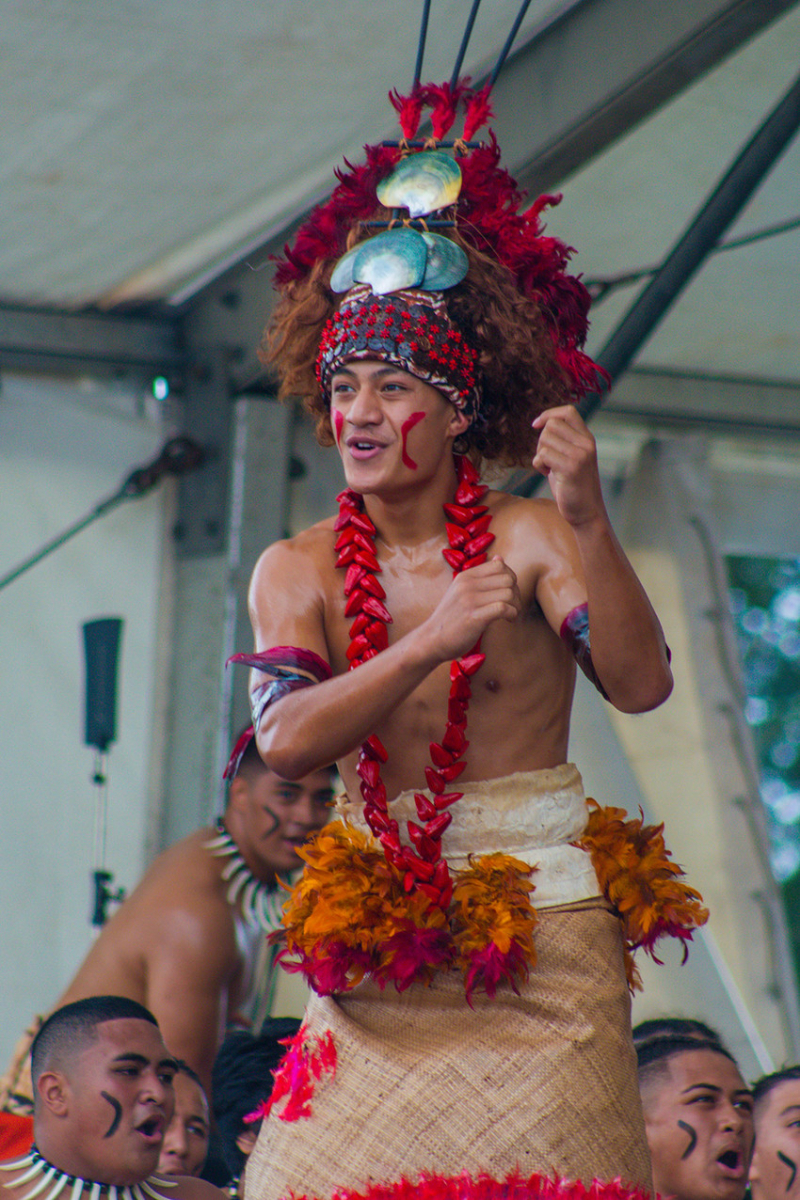
https://www.thecoconet.tv/ -
Rugby union and rugby league are the most popular sports in Samoa. Netball and soccer are two other popular sports. Samoans in American Samoa are more likely to watch or participate in American sports such as football, basketball, and baseball. Most ethnic Samoans, regardless of location, enjoy sports such as mixed martial arts, boxing, professional wrestling, and volleyball. Samoan ancestors include Dwayne Johnson, Peter Maivia, Yokozuna, Umaga/Jamal, Manu, Rosey, Samoa Joe, The Wild Samoans, The Headshrinkers, Rikishi, Roman Reigns, and Sonny Siaki.
The national team of the Ruby Union is consistently competitive against teams from much larger countries. Samoa has competed in every Rugby World Cup since 1991, reaching the quarterfinals three times. The Samoa Rugby Football Union governs the sport, and as members of the Pacific Islands Rugby Alliance, they also contribute to the international Pacific Islanders rugby union team. Pat Lam and Brian Lima are two prominent Samoan players. Furthermore, many Samoans have played for or are currently playing for the All Blacks.In Samoa, American football is a popular sport, but it trails rugby union and rugby league in terms of participation. The Samoan Islands have produced the most NFL players per capita. A boy born to Samoan parents is estimated to be 56 times more likely than any other boy in America to get into the NFL. Several Samoans have dabbled in professional wrestling. The first Samoan to break into the major circuits was high chief Peter Maivia. Dwayne Johnson, his grandson, and Savelina Fanene, his first cousin once removed, have both made a name for themselves as a result of his influence. The prominent Anoa'i family, led by stalwarts Afa and Sika Anoa'i, followed in Maivia's footsteps.
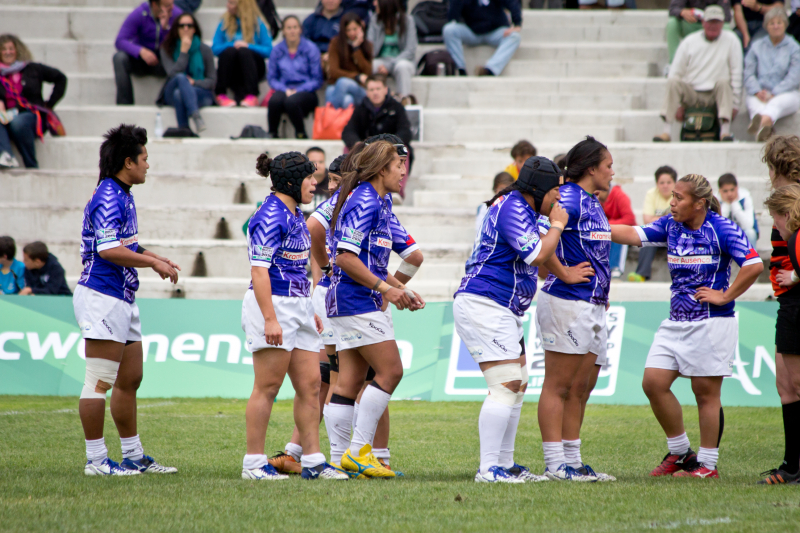
https://en.wikipedia.org/ 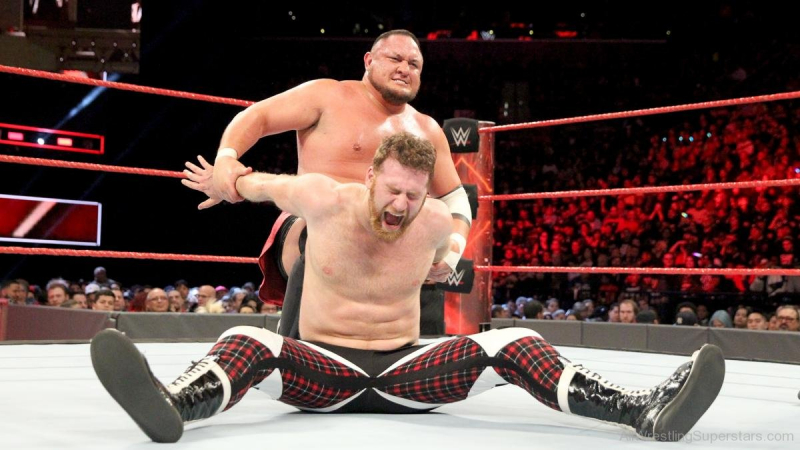
https://www.allwrestlingsuperstars.com/ -
It is considered as one of the Unique Cultural Characteristics In Samoa. The 'ava ceremony is one of the most important Samoan customs. It is a solemn ritual in which a ceremonial beverage is shared to commemorate significant events in Samoan society. The Samoan word 'ava (pronounced with a glottal stop) is a cognate of the Polynesian word kava, which is associated with Oceania's kava cultures. In Samoa, both terms are understood.
Within Samoan culture, the 'ava ceremony follows the same ritual pattern, with minor variations depending on the parties involved and the occasion. It always includes speeches and oratory, as well as the formal drinking of 'ava, including women if they are present, with special attention paid to drinking order precedence. The bestowal of matai chiefly titles is one of the most important occasions for the 'Ava ceremony.
Tanoa, similar to those used in other Polynesian kava cultures, is a ceremonial item for the 'ava ceremony. Tanoas come in a variety of sizes and are supported by a ring of short legs. These bowls and related instruments are frequently ornately decorated. The 'ava, also known as kava in other parts of Polynesia, is a beverage made from a plant that is consumed throughout the western Pacific region. In Samoa, 'ava is typically consumed during highly ritualized ava ceremonies. A group of people known as aumaga prepare the kava. The drink is served in a polished half shell of a coconut.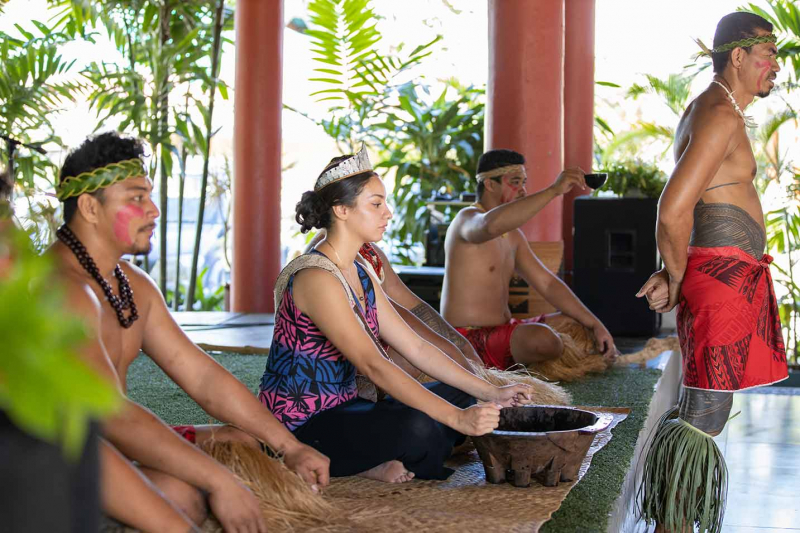
https://www.samoaobserver.ws/ 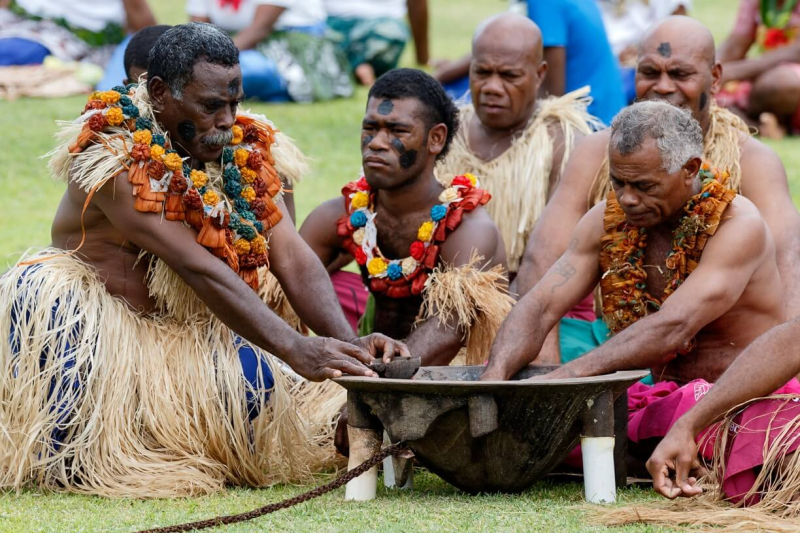
https://kavafiji.com.au/ -
Strangers are greeted with a handshake and a warm smile, or by raising one's eyebrows and smiling in acknowledgement. Strangers or community leaders are greeted with a title. If the person you are greeting has a title, such as a chief (Matai), you should use it regardless of how long you have known them. Many chiefs do not advertise their position, so it is necessary to inquire and address them by their proper title. A hug and a kiss on the cheek are common greetings among friends and family. When greeting friends and family, the first name is usually used, followed by "Talofa" ("Hello"). Begin by approaching the individual, looking them in the eyes, extending and shaking their hand, and saying 'malo' or 'talofa.' Then, as you move around the room, do the same thing.
As in other cultures, greeting people by asking about their health or welcoming them into your home is appropriate. Have you noticed how many different greeting phrases we have? The phrases afio mai, maliu mai and sūsū mai are used to greet matai (chiefs) and other important people, but which one you use depends on the rank or type of matai you are greeting.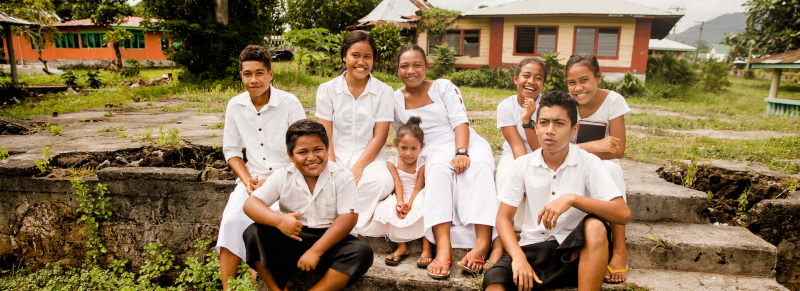
https://www.samoa.travel/ 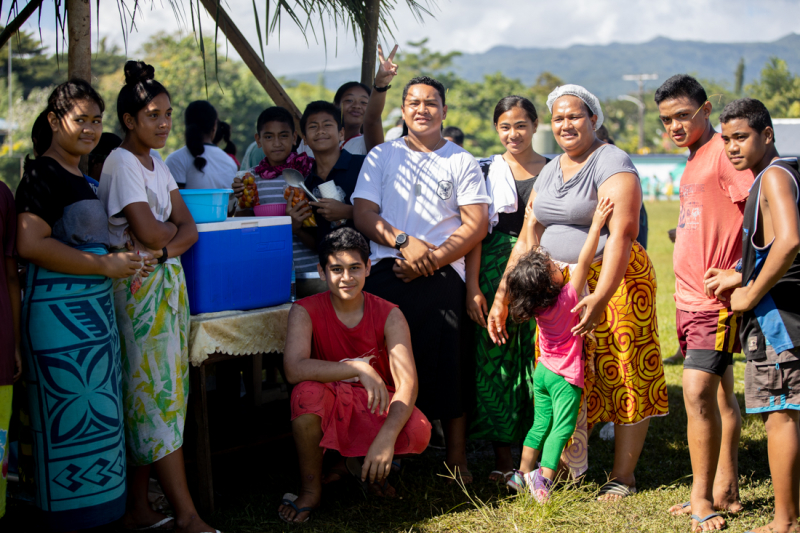
https://www.samoaobserver.ws/ -
While it depends on your company and the overall setting, dining in Samoa is generally a less formal affair than you might expect. The rules of table etiquette are a little looser. There are rules in their more formal restaurants, and these rules are considered important, especially if you are dining with business-minded individuals.
You will discover that the dining rules are more concerned with your behavior than with the actual process of eating. It is considered impolite, for example, to bring a dish to pass because it indicates to your host that you believe there will not be enough food for everyone. Allow your host to seat you at the table, as they will usually seat all guests near the center of the table so that everyone can converse with you.
You may notice a lack of silverware after being seated (do not attempt to eat anything while standing!). Eating with your hands is a common Samoan custom, and if your hosts do it, you should follow suit. Remember that going back for seconds is considered impolite, so as a courtesy, take a bite of everything that is offered, even if it fills your plate. Looking around the table, you'll notice that everyone does the same thing.Finally, do not begin eating until instructed to do so. You may be expected to eat first as the guest, but you should not make this assumption. Pacing your consumption with that of others at the table is also a sign of respect. Others at the table may take what they cannot finish home; however, your host may expect you to finish your plate. If the meal is being served in a restaurant, these rules will be followed more formally, and utensils will almost certainly be provided.
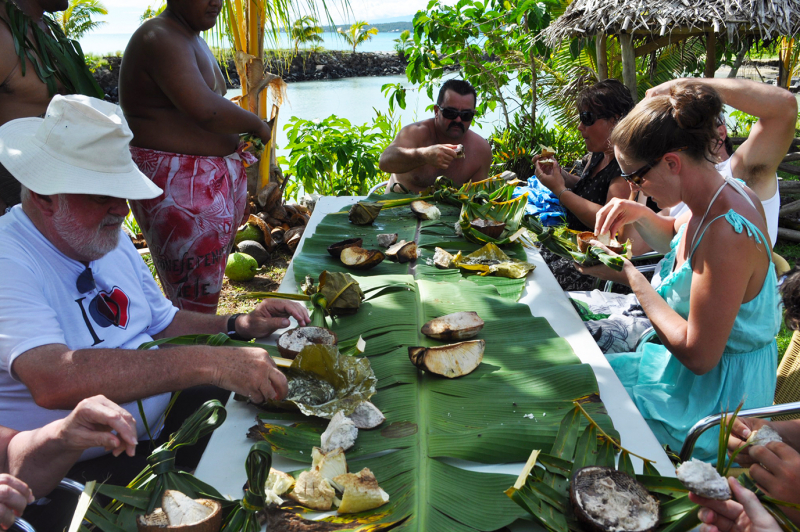
http://www.levasaresort.com/ 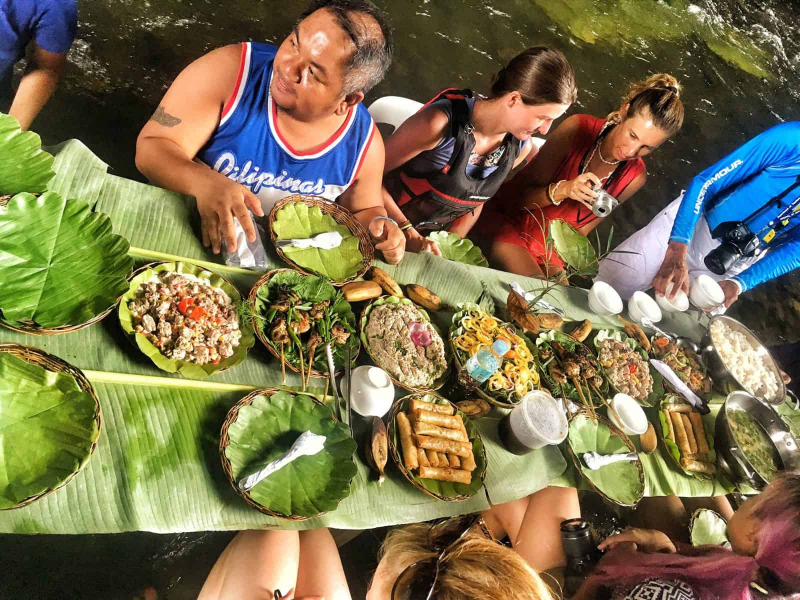
https://whereintheworldisnina.com/














